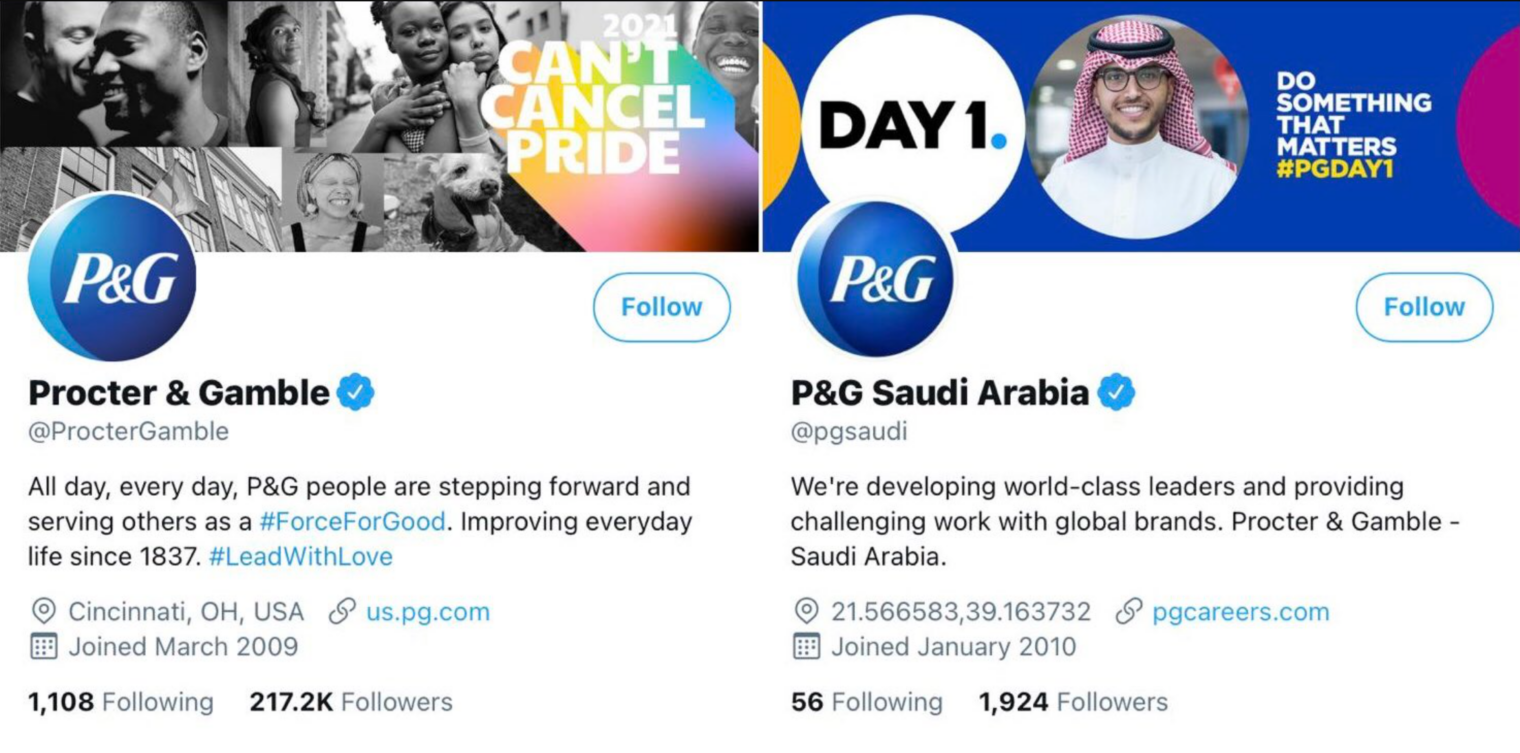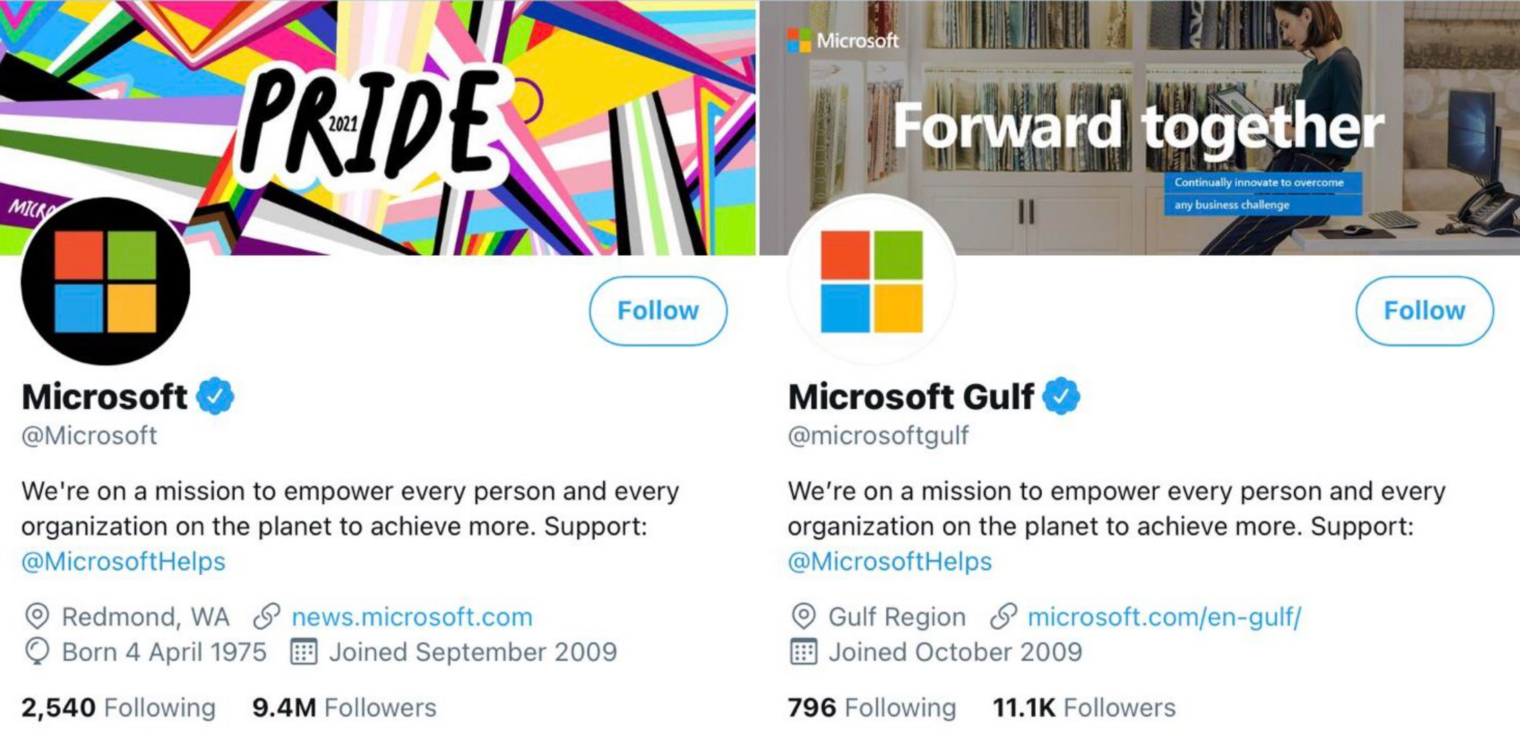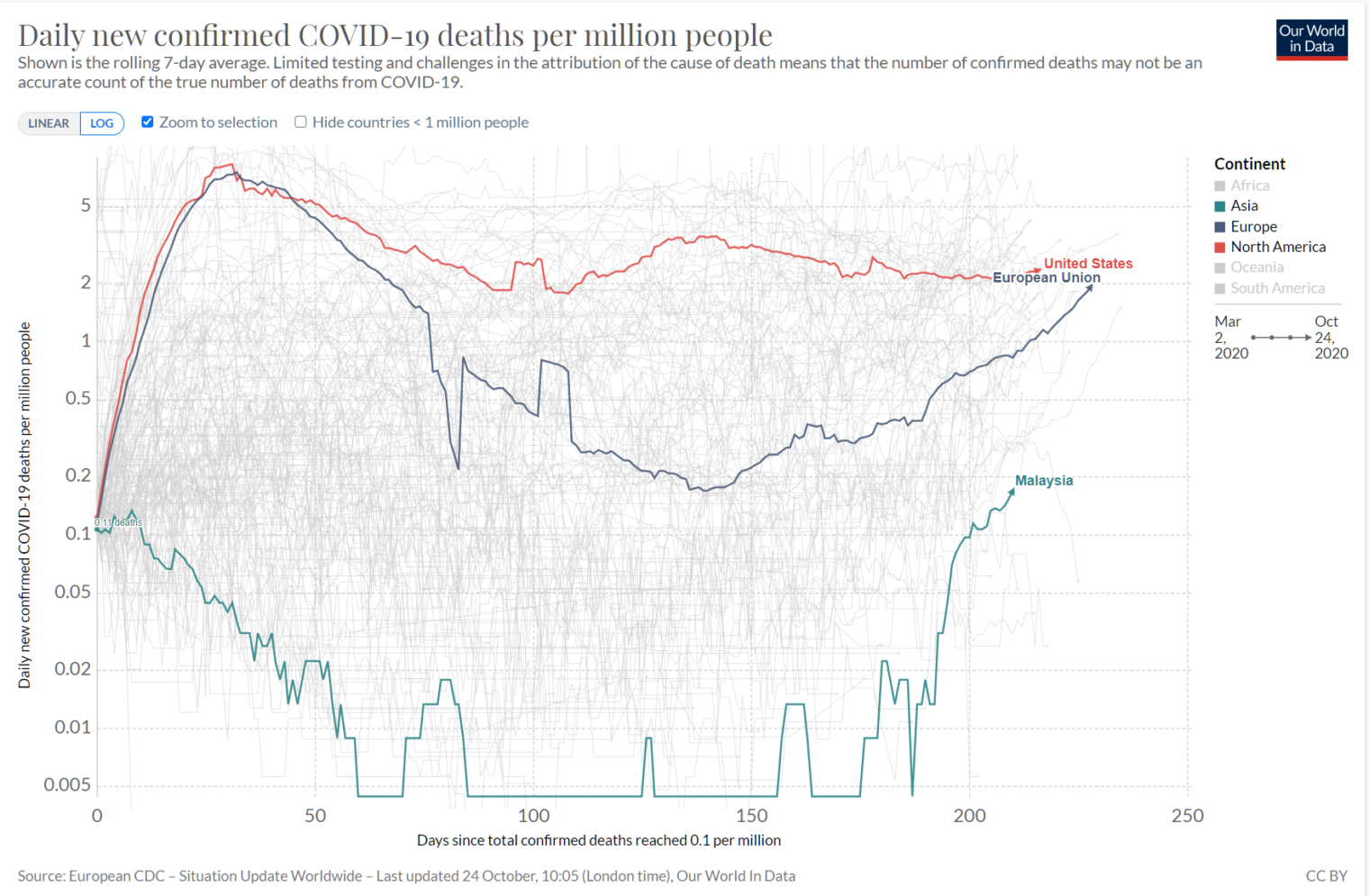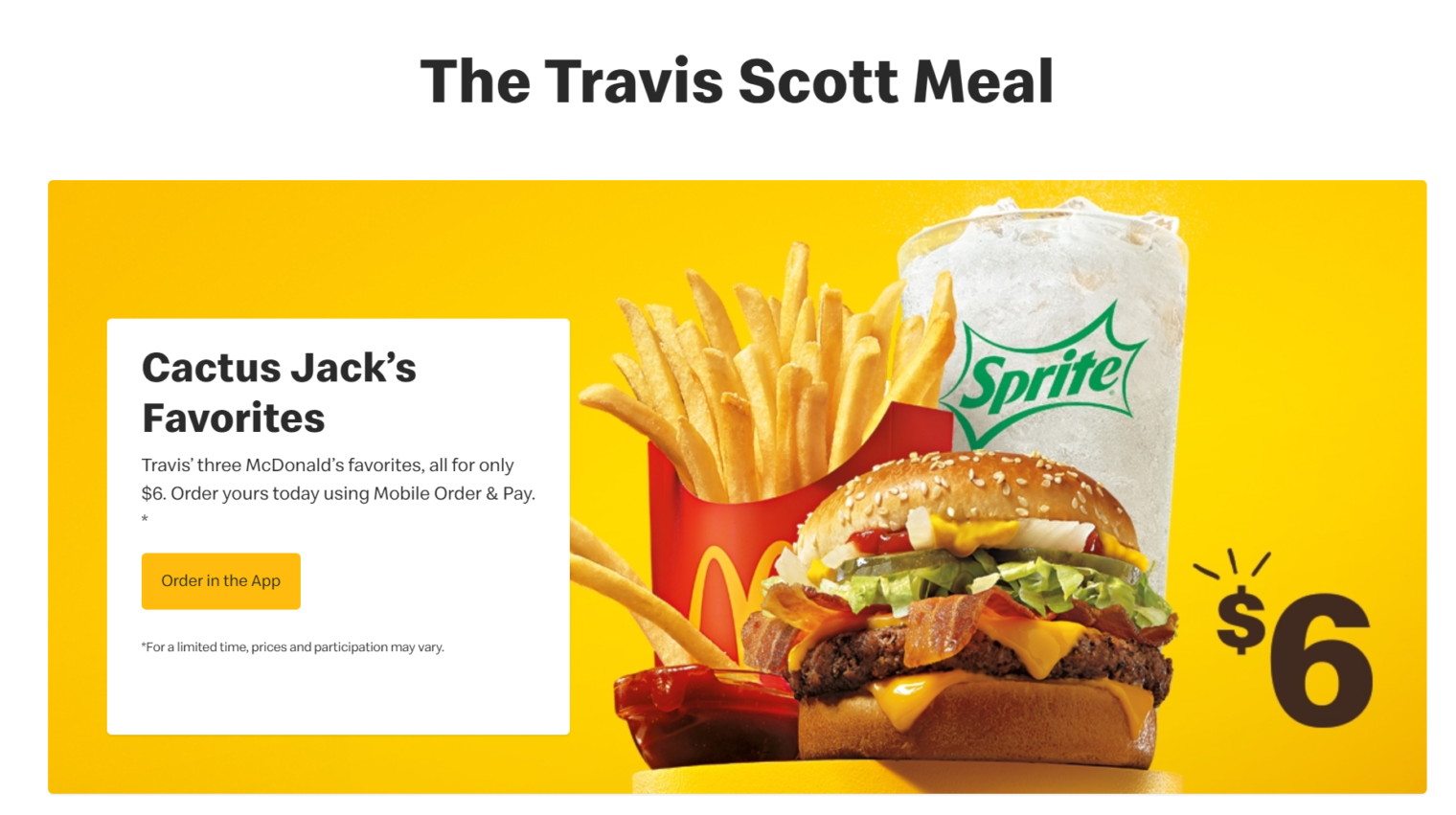How can Starbucks be thriving without any indoor sit-down space?
“Starbucks sales miss estimates, shares drop despite rosier forecast” (Reuters, April 27, 2021):
U.S. sales returned to pre-pandemic levels, Chief Executive Officer Kevin Johnson said during a call with analysts.
How is this possible? If Mx. Johnson was talking about sales in the first quarter of 2021, that’s a time period when all Starbucks had closed down indoor dining, when the weather in most of the U.S. was uncomfortably cold for sitting outside, and when many American downtown offices were still vacant. How can his/her/zir/their company be selling just as much coffee as when people had the option to come in, share the bathroom with the local homeless, and sit down with the SUV-driving single moms?
If indoor dining turns out to be worthless, from a business point of view, how could Starbucks not have figured that out years ago and thereby saved itself a ton of cost? They would never have gotten into the bathroom dispute that forced “Starbucks Closes More Than 8,000 Stores Today For Racial Bias Training” (NPR) because they wouldn’t have had public restrooms.
I guess one answer is that the U.S. has changed. Customers used to demand and pay for the indoor dining space, but now they don’t want it nor are they willing to pay for it.
I’m kind of amazed that Starbucks is popular in its take-out-only configuration. So many Americans are sitting at home all day. Why do 15 minutes of driving to get coffee that takes 5 minutes to brew at home? If you’re on a long car trip, wouldn’t it make more sense to stop at McDonald’s where the dining room is open so that you can go in and use the bathroom?
Also, I wonder if this kind of business transformation will result in further fragmentation of American society. Due to its outrageous prices relative to quality, Starbucks had a somewhat upscale clientele. Nonetheless, it was a place where one might see a wider variety of people than one would see by driving in a private car from point to point. If Americans don’t see each other in common spaces, how will we know what our fellow residents of this stolen land are like?
November 2019, Hangzhou:
Full post, including comments










